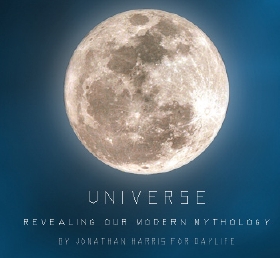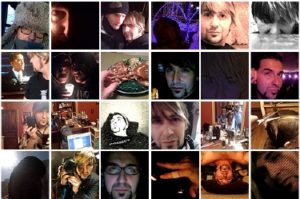So, I was listening to the audiobook of Wikinomics today. My best friend raved about it more than a year ago, but I hadn’t listened to it before now because I generally save audiobooks for road trips, and even then, only road trips when I’m driving and obviously can’t read.
I had kind of a mini-epiphany as I listened to the book: It’s really hard to listen to nonfiction. In fact, I’ve listened to other nonfiction books, and I could not tell you a thing about most of them.
But one part of the early chapters was riveting — a story about Canadian gold-mining company Goldcorp and how the company was struggling mightily until it opened up all the company files to the world in a contest to find additional veins (is that the right word?) of gold on the company’s property. The contest was a huge success that turned the company around. You can read about it here.
But I found it very hard to focus on the parts of the book — most of it — that were not told in story form. Now, this revelation should not have surprised me as a student of storytelling, but it did drive home the power of stories in a big way. The human brain is just not wired for ordinary exposition. Somehow, we can cope with expository writing (at least I can) a little better when we read it rather than listen to it. But the human brain is wired for story, which is why I was utterly absorbed in the Goldcorp story but not soaking in much of the exposition.
This phenomenon, I believe, is why Malcolm Gladwell’s books are so popular. He writes nonfiction, and yes, of course it contains exposition. But a huge part of it is in story form.
So here I am in the middle of this epiphany when I hear the audiobook narrator — as surrogate for the Wikinomics authors — say that the rest of the book will contain “stories for the casual reader.” I took this statement as rather pejorative both about stories and casual readers. I was so incensed that I don’t even remember how he characterized the other material or the apparently superior beings that the non-story material was directed at.
So, if I’m drawn to the stories in the book, I’m not really serious? I’m not a real reader, just a casual one? Maybe I’m reading too much in. But I think Malcolm Gladwell understands that serious readers read his books — and get a great deal out of them — because they are so rich with stories.











